Wondering how many sets per workout you should do? This article provides the answers, offering guidelines for beginners, intermediates, and advanced lifters aiming for muscle growth, endurance, or strength.
Key Takeaways
-
To optimize your workout, aim for 3-5 sets per exercise, adjusting based on whether you’re focusing on strength, hypertrophy, or muscular endurance.
-
Balance compound exercises, which work multiple muscle groups, with isolation exercises for comprehensive muscle development in your routine.
-
Track your weekly training volume and incorporate progressive overload to ensure continuous muscle growth and strength while allowing adequate recovery.
Understanding Sets in Your Workout Routine

In the weight room, the term “set” refers to a group of repetitions performed for a given exercise. For instance, performing 10 push-ups, taking a rest, and then doing another 10 push-ups constitutes two sets of 10 reps each. Sets are fundamental in resistance training, structuring your routine and optimizing performance to meet specific fitness goals.
A balanced workout should ideally include a higher number of sets dedicated to compound exercises, which engage multiple muscle groups, while isolation exercises can include fewer sets to target specific muscles. This ensures all muscle groups are adequately stimulated, enhancing the effectiveness of your training sessions.
What is a Set?
In the simplest terms, a set is a collection of repetitions (reps) for a specific exercise. For example, if you perform 10 repetitions of bicep curls without stopping, you have completed one set of bicep curls. Reps are the individual movements of an exercise, such as lifting a weight once. Knowing these terms helps in creating an effective workout plan.
For instance, if your plan includes 3 sets of 10 reps of squats, you’ll perform one rep of 10 squats, rest, and repeat this sequence two more times. The number of reps and how many reps should be adjusted based on your fitness level.
Why Sets Matter
Sets are a fundamental component of any workout routine. Building muscular endurance, strength, and hypertrophy generally requires multiple sets. For muscular endurance, performing multiple sets with lower weights and higher repetitions is often needed.
Having the right same number of sets maximizes training effectiveness and helps in reaching fitness goals.
Determining the Right Number of Sets

Determining the optimal number of sets for your workout depends on how many sets your specific fitness goals require. While the general guideline is to aim for 3-5 sets per exercise, different objectives require different approaches. For instance, building muscle hypertrophy typically involves 3-5 sets, while strength training might require 2-4 sets.
Gradually increasing the number of sets or workout intensity can enhance muscle growth and strength through progressive overload. Beginners might start with fewer sets, while advanced lifters can handle more sets per workout.
Sets for Muscular Endurance
If your goal is to build muscular endurance, you’ll want to focus on higher repetitions with lighter weights. Performing 2-3 sets of many reps of 12-20+ reps is recommended. This approach enhances structural and muscular endurance over time.
Multiple sets effectively develop muscular endurance, ensuring muscles can perform repetitive activities without fatigue.
Sets for Muscle Hypertrophy
For those aiming to build muscle mass and achieve muscle hypertrophy, the recommended number of repetitions per set is between 6 and 12. Three to six sets per exercise are often recommended to maximize muscle growth, especially for lower body routines.
Targeting each muscle group multiple times a week with 2-4 different exercises will further promote muscle hypertrophy.
Sets for Strength and Power
Strength and power training require a different approach. Here, the focus is on heavy weights and fewer reps. Performing 3-5 sets of 1-5 reps with the heaviest weight is recommended for determining your one rep max. Resting 2-5 minutes between sets allows for recovery and maximum performance.
This method helps in building maximal strength and muscular strength and muscular power effectively.
Tailoring Sets to Your Fitness Level
Your fitness level plays a significant role in determining the number of sets you should perform. Beginners, intermediates, and advanced lifters have different needs and capabilities. Recognizing these differences helps tailor your workout to specific fitness goals and avoids overtraining.
For beginners, starting with fewer sets and gradually increasing as strength improves is recommended. Intermediates can handle more sets, while advanced lifters may require a higher volume of sets per workout to continue progressing.
Beginners
Beginners should start with 1-2 sets per one exercise, focusing on two to four exercises and 12 to 15 repetitions. This approach helps in building a foundation of strength and endurance.
A personal trainer can offer a personalized workout plan, especially for those new to weight training or facing a plateau.
Intermediate
Intermediate lifters should aim for 2-4 sets per exercise to promote muscle growth and avoid plateaus. This level of training typically involves a higher intensity and more varied exercises to continue progressing.
Adjusting the rep range and weights aids in achieving specific fitness goals at this stage.
Advanced
Advanced lifters should aim for 12 to 20 sets per muscle group per week to optimize training volume. Serious bodybuilders might perform 15 to 25 sets per muscle group to ensure maximum growth and strength.
Variety in exercises and sets is essential for continued muscle stimulation and growth.
Structuring Your Workout Routine

Structuring your workout routine effectively can make a significant difference in achieving your fitness goals. Balancing different types of exercises, including compound and isolation movements, ensures all muscle groups are adequately stimulated.
Including 2-4 different exercises for each muscle group in your workout routine can help in building muscle effectively. For a full-body workout, performing three to four exercises is generally sufficient.
Upper Body Exercises
For optimal muscle growth in upper body exercises, it’s common to perform three to five sets per exercise. This approach ensures that major muscle groups like the chest, back, and shoulders are adequately targeted.
A mix of compound exercises like bench presses and rows with isolation exercises like bicep curls maximizes upper body development.
Lower Body Exercises
Lower body exercises also benefit from performing three exercises of 3 to 5 sets per exercise. This helps in effectively training the major muscle groups, such as the quads, hamstrings, and glutes.
Both compound exercises like squats and isolation exercises like leg curls ensure comprehensive lower body development.
Compound vs. Isolation Exercises
Balancing compound and isolation exercises is key to a comprehensive workout routine. Compound exercises, like deadlifts and bench presses, engage multiple muscle groups and are essential for overall strength and muscle growth. Incorporating two exercises can enhance your training effectiveness.
On the other hand, isolation exercises, such as bicep curls and tricep extensions, target certain muscles and help in fine-tuning muscle development. Including both types of exercises in your routine ensures all muscle groups are adequately worked and developed.
Maximizing Training Volume

Maximizing your training volume and achieving higher volumes is crucial for achieving significant muscle growth and strength. Training volume refers to the total amount of work performed, usually measured in sets and reps. A balanced workout routine that combines compound movements with isolation exercises can enhance muscle development by addressing both general strength and specific muscle needs.
Advanced trainers often engage in 15-25 sets per muscle group weekly to drive muscle development. Planning your reps and sets properly maximizes workout efficiency and helps achieve fitness goals.
Weekly Volume
Tracking your weekly total training volume ensures balanced muscle development and prevents overtraining. Beginners could aim for 8 to 12 sets per muscle per week, while advanced lifters might need a higher volume.
It’s essential to allow at least 48 hours of recovery for muscle growth after strength-training workouts. Recovery helps in muscle repair and growth, ensuring you are ready for your next training session.
Progressive Overload
Progressive overload is the cornerstone of building muscle and strength. This principle involves gradually increasing the amount of weight, number of repetitions, or sets to challenge your muscles and promote growth. Aim to do more than you did in your last workout to implement progressive overload effectively for building muscle mass.
Balancing training volume with recovery avoids injury and ensures continuous progress.
Enhancing Your Workout Effectiveness

Enhancing the effectiveness of your workout at the gym involves more than just lifting weights. The answer depends on a well-balanced diet, adequate rest, and professional guidance, which play significant roles in achieving your fitness goals and help you to lose weight.
These elements, combined with a structured workout routine, can amplify your results.
Well-Balanced Diet
A well-balanced diet supports muscle growth and overall health. Protein optimizes muscle protein synthesis, crucial for muscle repair during recovery. Aim for approximately one gram of protein per pound of body weight daily to support muscle growth.
The USDA suggests that 10% to 35% of your daily calories should come from protein.
Adequate Rest and Recovery
Adequate rest and recovery are vital for muscle growth and preventing overtraining. Working muscles too hard without sufficient recovery can lead to overtraining, which hinders progress and increases the risk of injury.
Incorporate a rest day into your workout routine to allow your muscles to heal and grow stronger after training sessions.
Professional Guidance
A personal trainer can significantly enhance the effectiveness of your workout routine. A personal trainer can help beginners establish a routine, recommending 1-2 workouts per week to start. They can also tailor training plans to meet your specific fitness goals, ensuring you avoid burnout by incorporating enjoyable activities and scheduled breaks.
With professional guidance, you can maximize your training sessions and train achieve your desired results more efficiently.
Summary
Understanding how many sets per workout to perform is crucial for achieving your fitness goals, whether it’s building muscle, enhancing endurance, or boosting strength. Tailoring the number of sets to your fitness level, goals, and the type of exercises you do can optimize your training efficiency. Remember to incorporate compound and isolation exercises, monitor your weekly volume, and allow for adequate rest and recovery. A well-balanced diet and professional guidance can further enhance your workout effectiveness. Embrace these strategies, and you’ll be well on your way to reaching your fitness aspirations.
Frequently Asked Questions
How many sets should I do per workout to build muscle?
To build muscle effectively, target 3-5 sets per exercise with a rep range of 6-12. This balance helps maximize your gains!
What’s the best way to structure my workout routine?
The best way to structure your workout routine is by incorporating 2-4 exercises per muscle group, mixing in both compound and isolation exercises to ensure balanced development. This approach will help you build strength and definition effectively.
How important is rest and recovery in my workout routine?
Rest and recovery are vital for muscle growth and avoiding burnout, so make sure to take at least 48 hours off after strength training. Your body needs that time to rebuild and come back stronger!
Should I seek professional guidance for my workout routine?
Absolutely, seeking professional guidance can make a big difference in achieving your fitness goals. A personal trainer can customize your workout plan, keeping you motivated and efficient.
How can I implement progressive overload?
To implement progressive overload, simply increase the weight, reps, or sets in your workouts over time; this will effectively challenge your muscles and help them grow. Consistency is key!


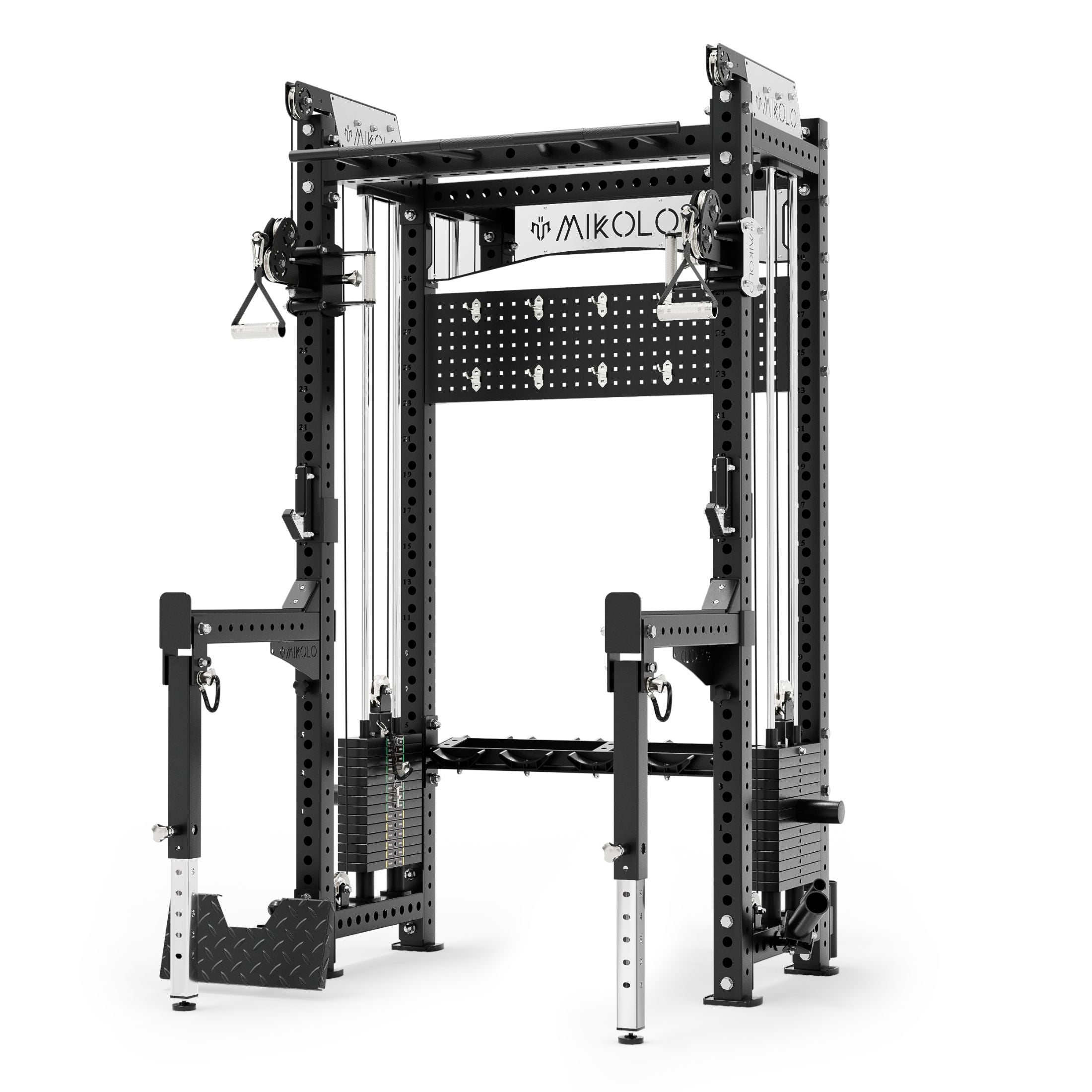




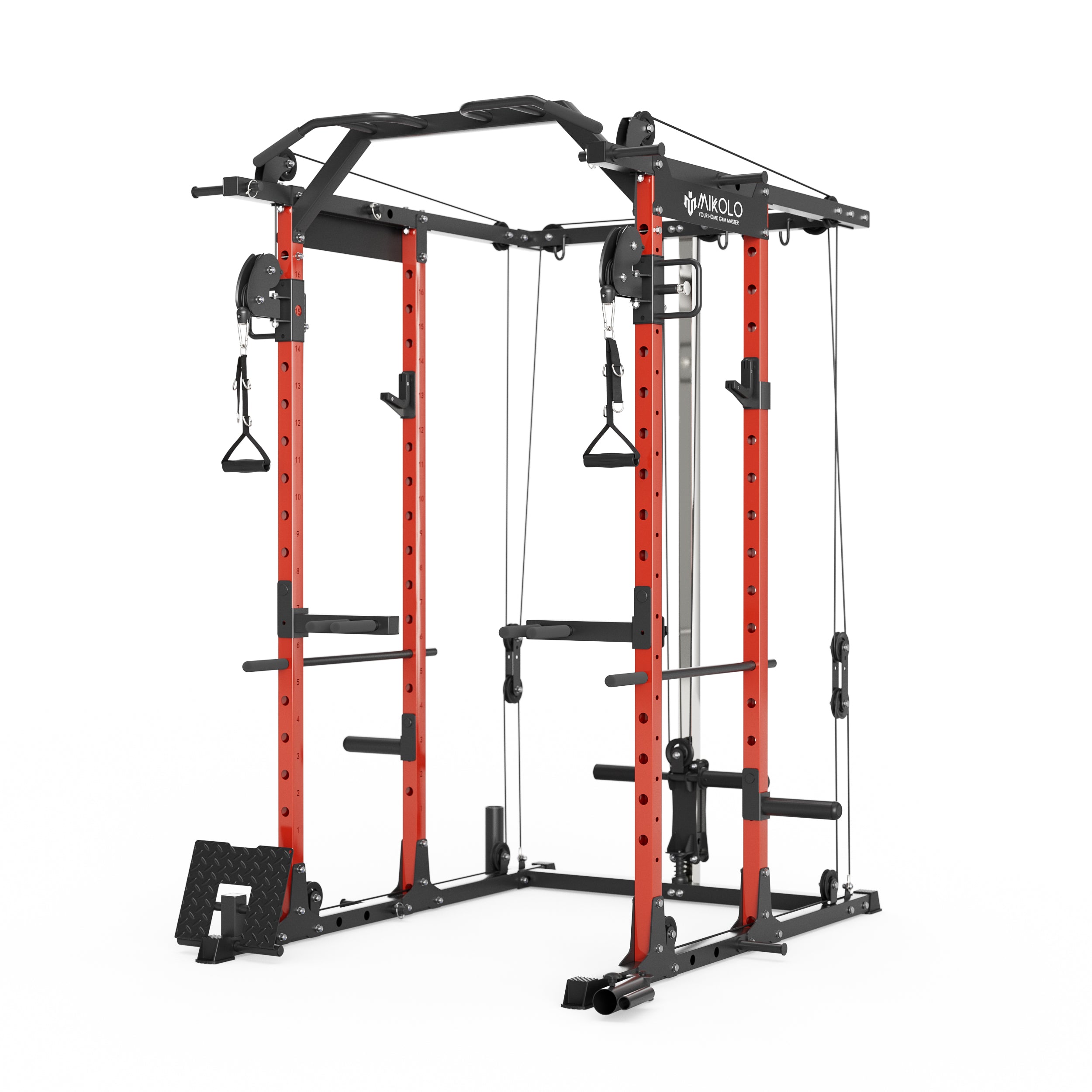
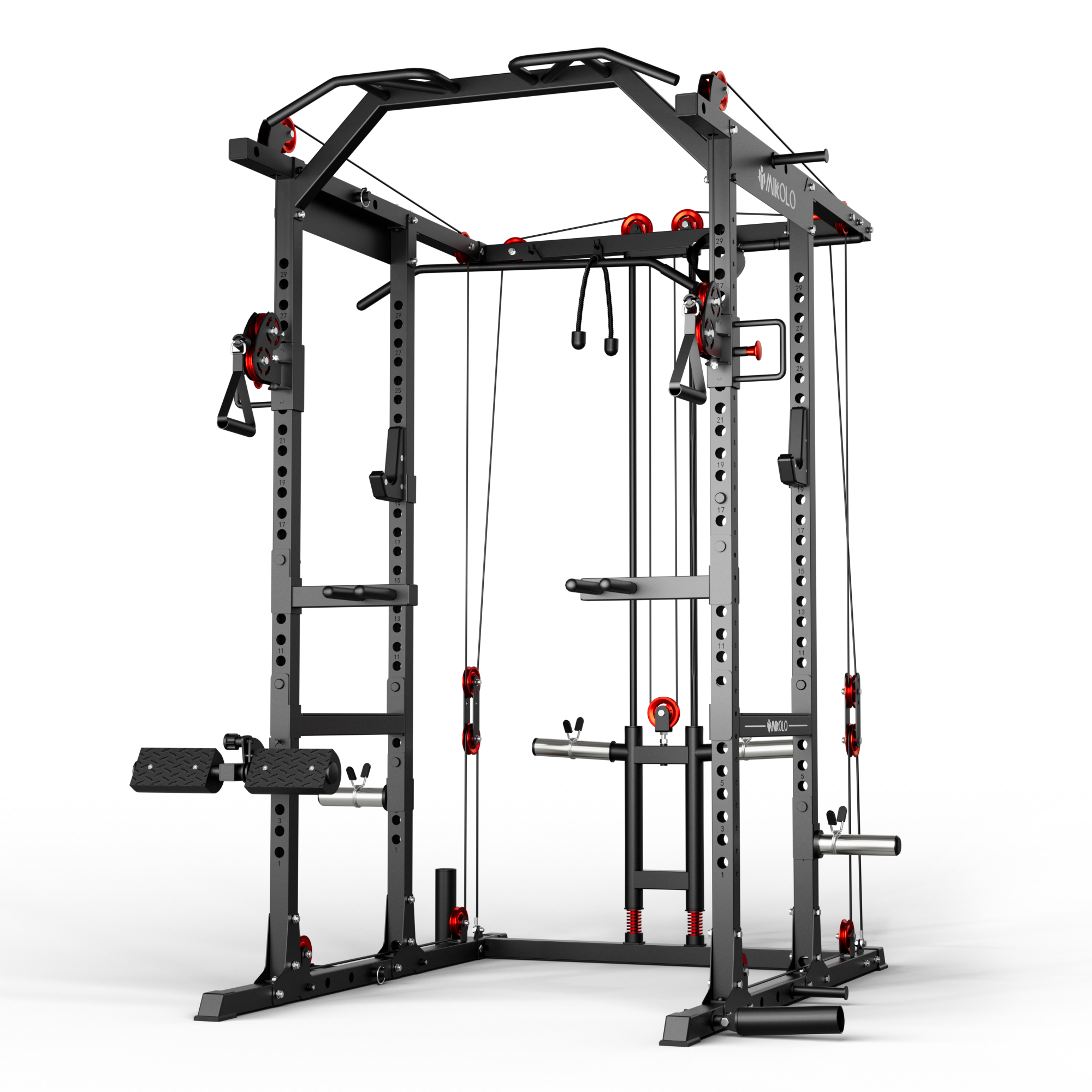

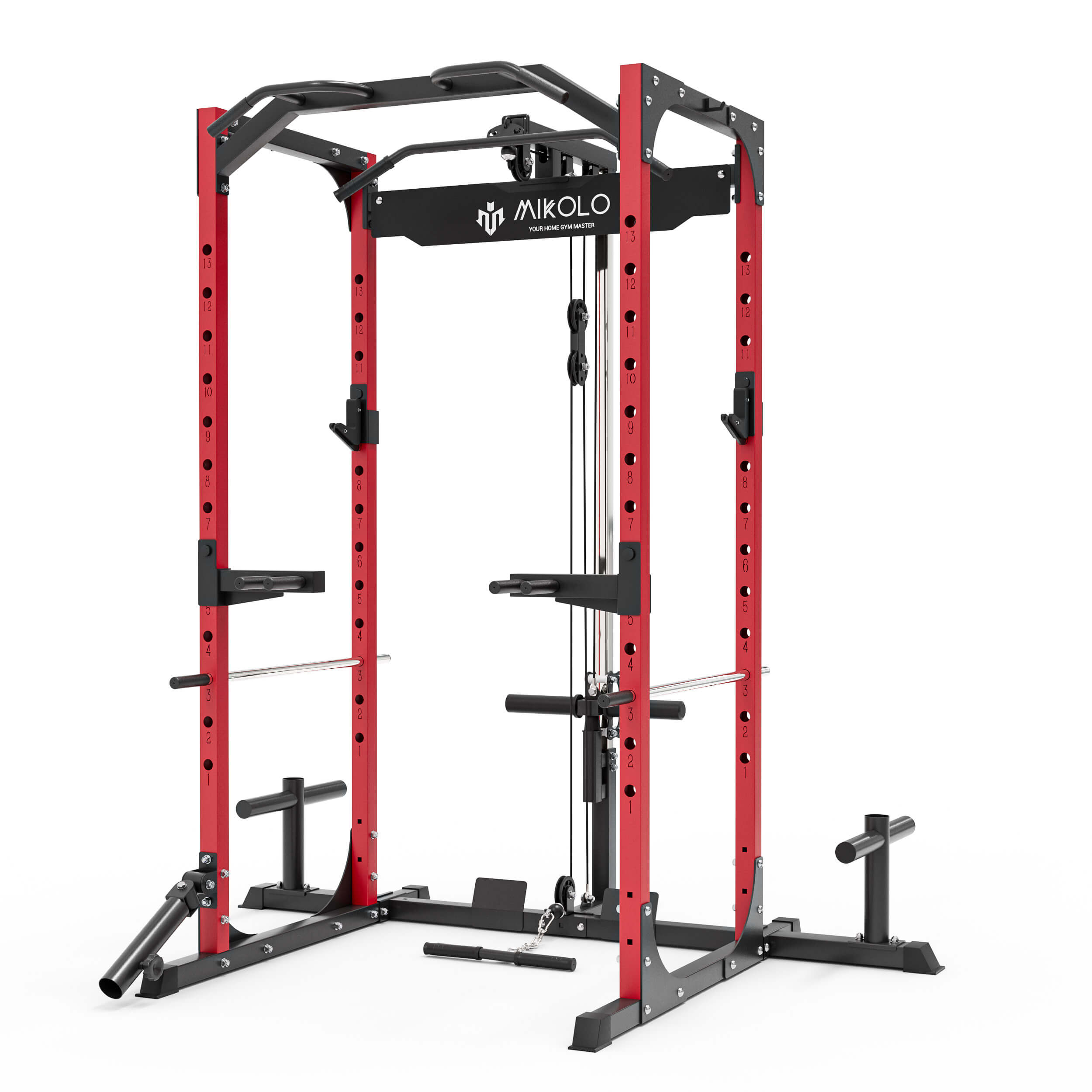



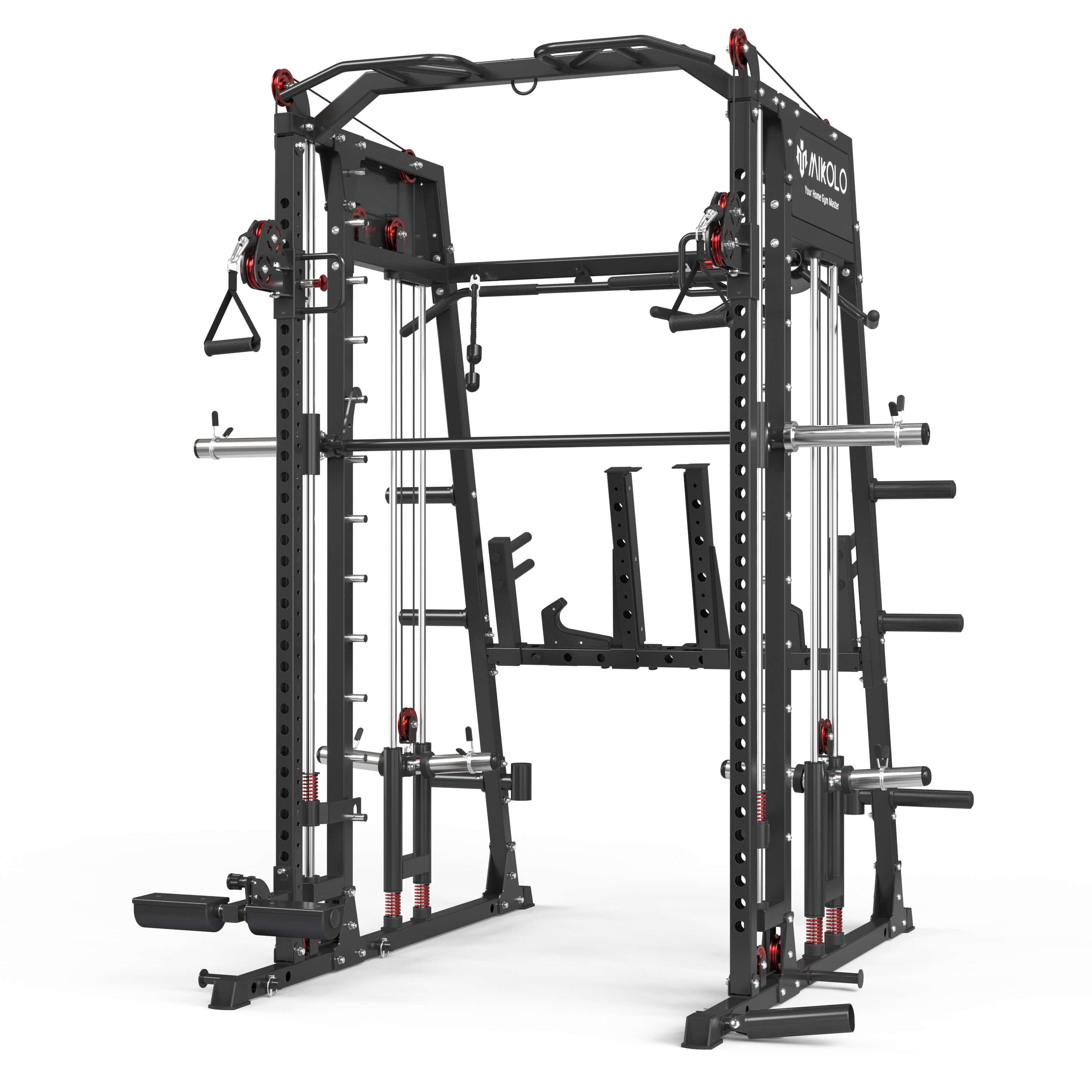


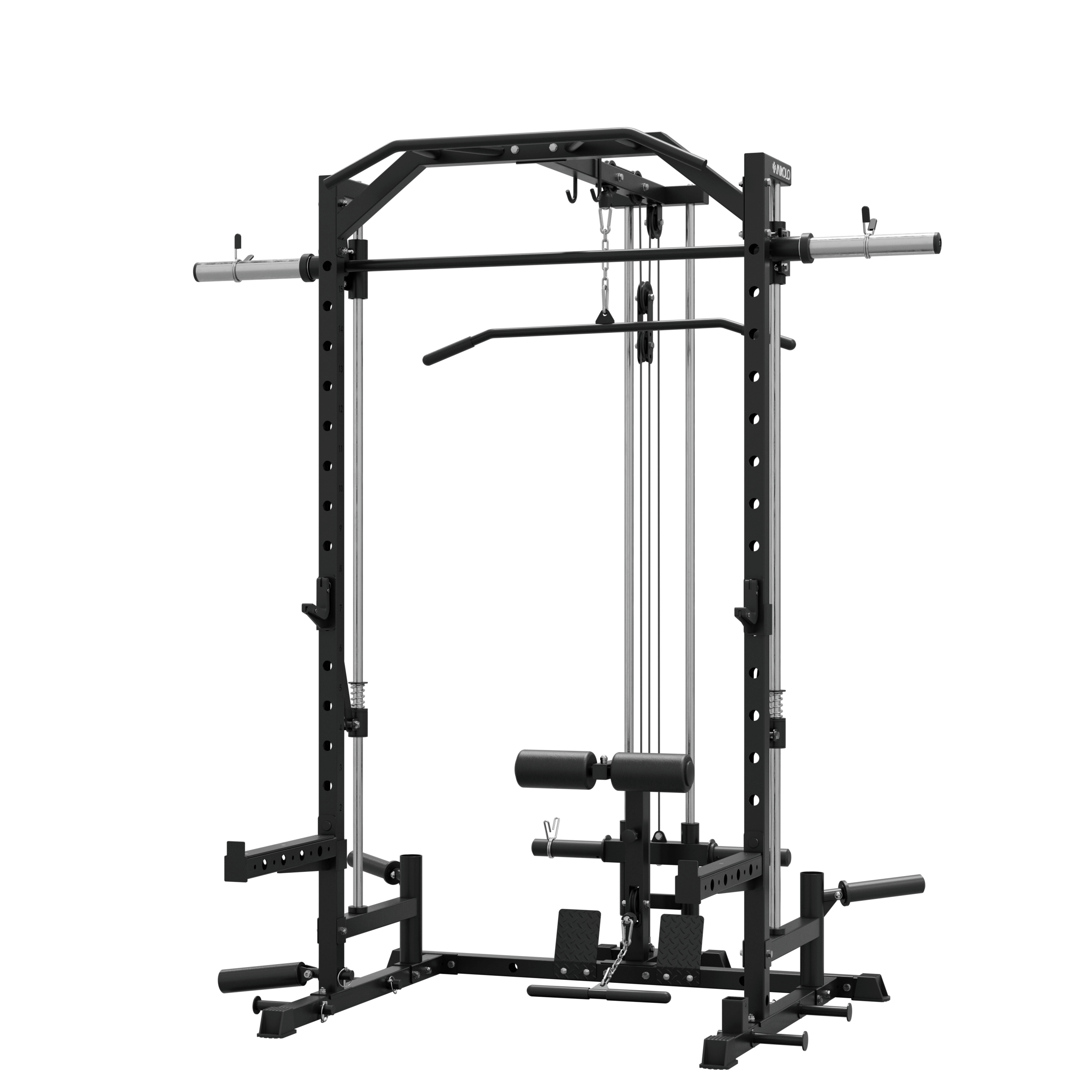
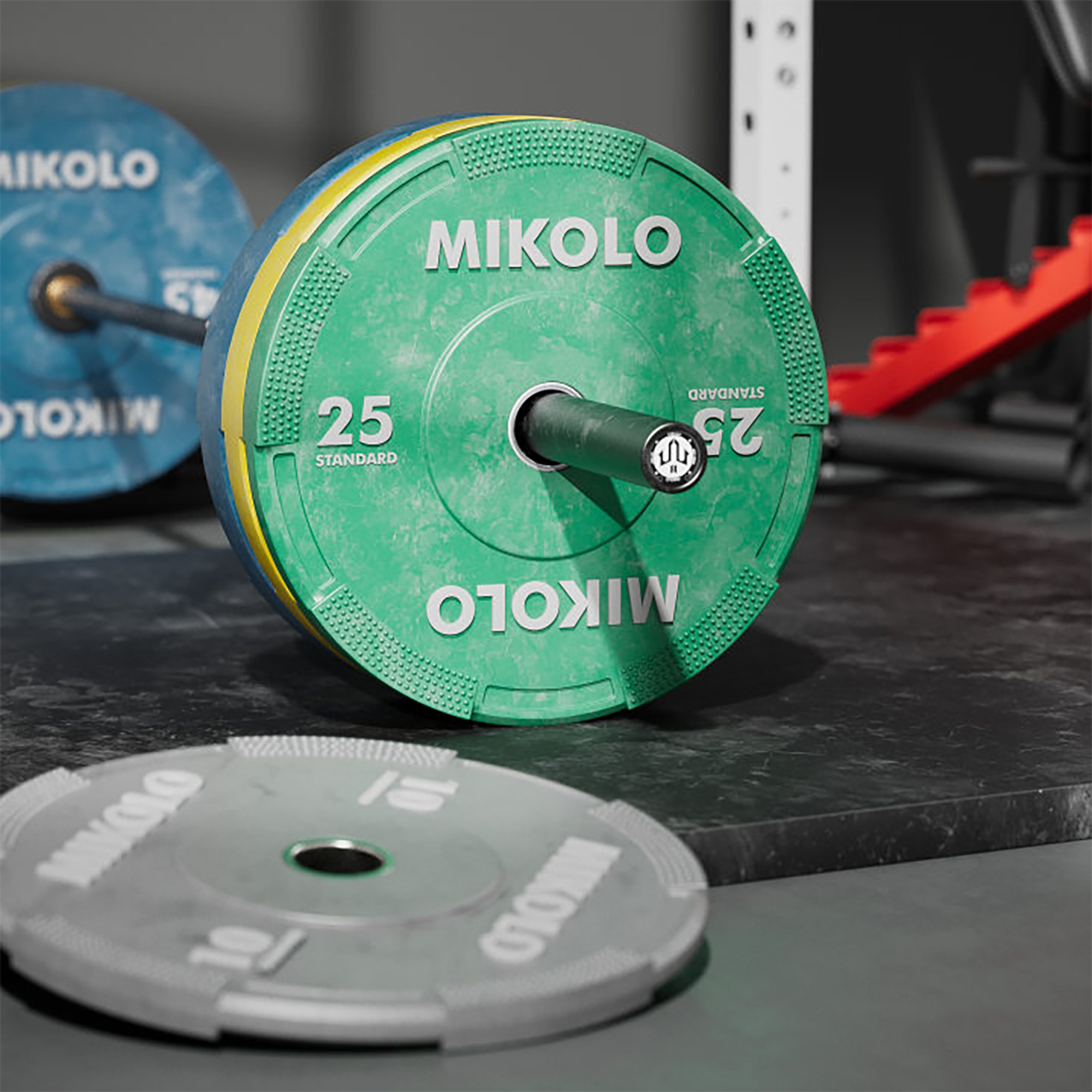






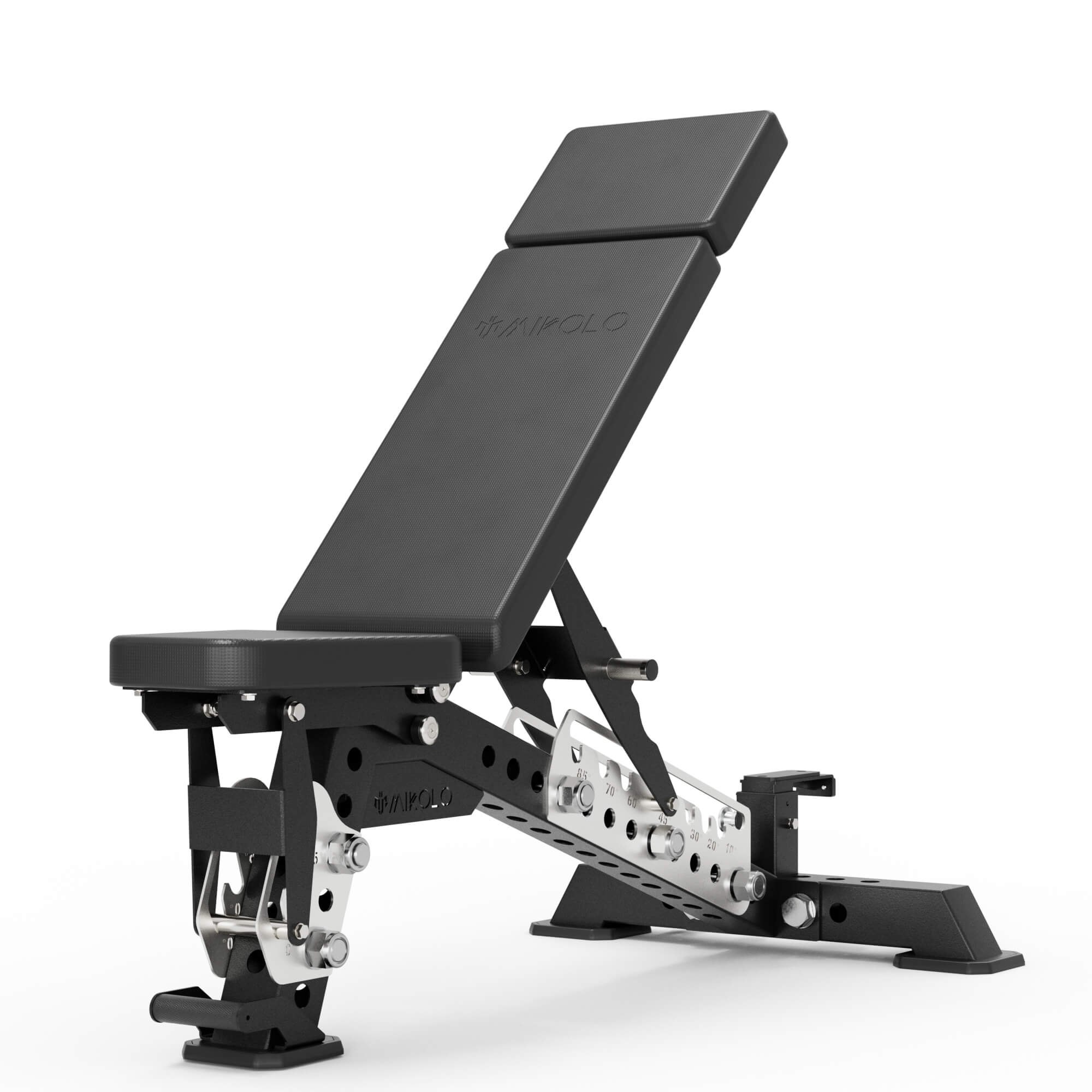





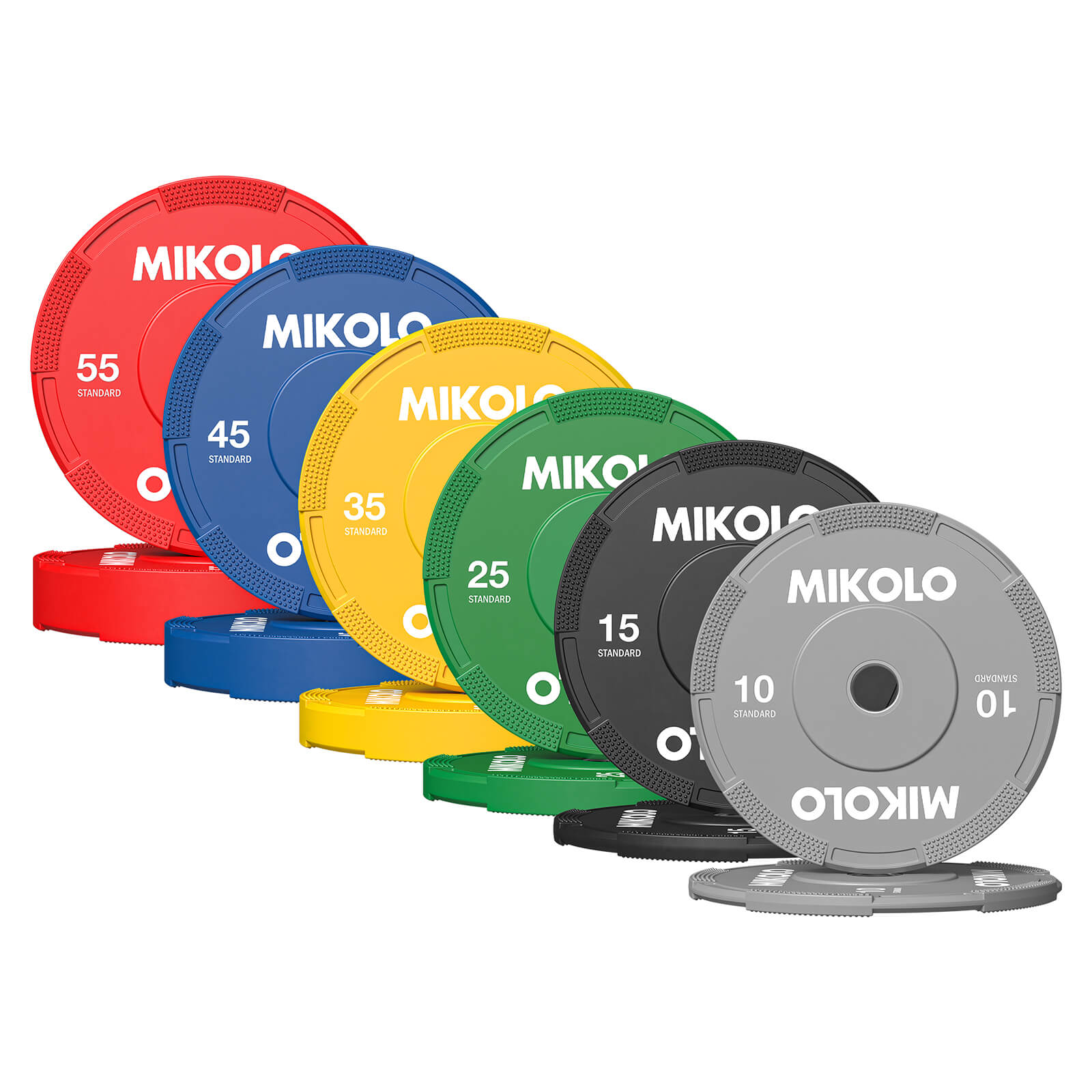
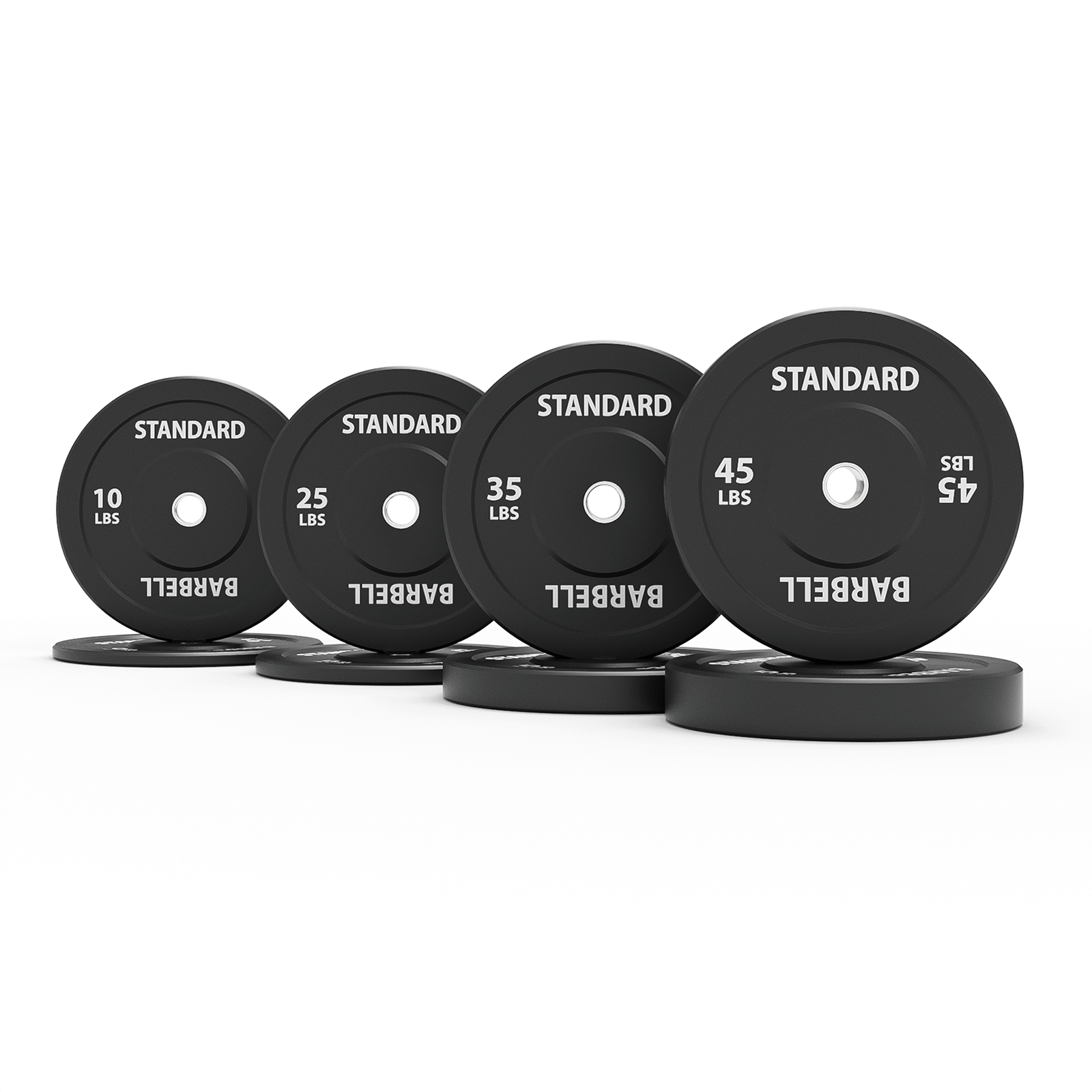
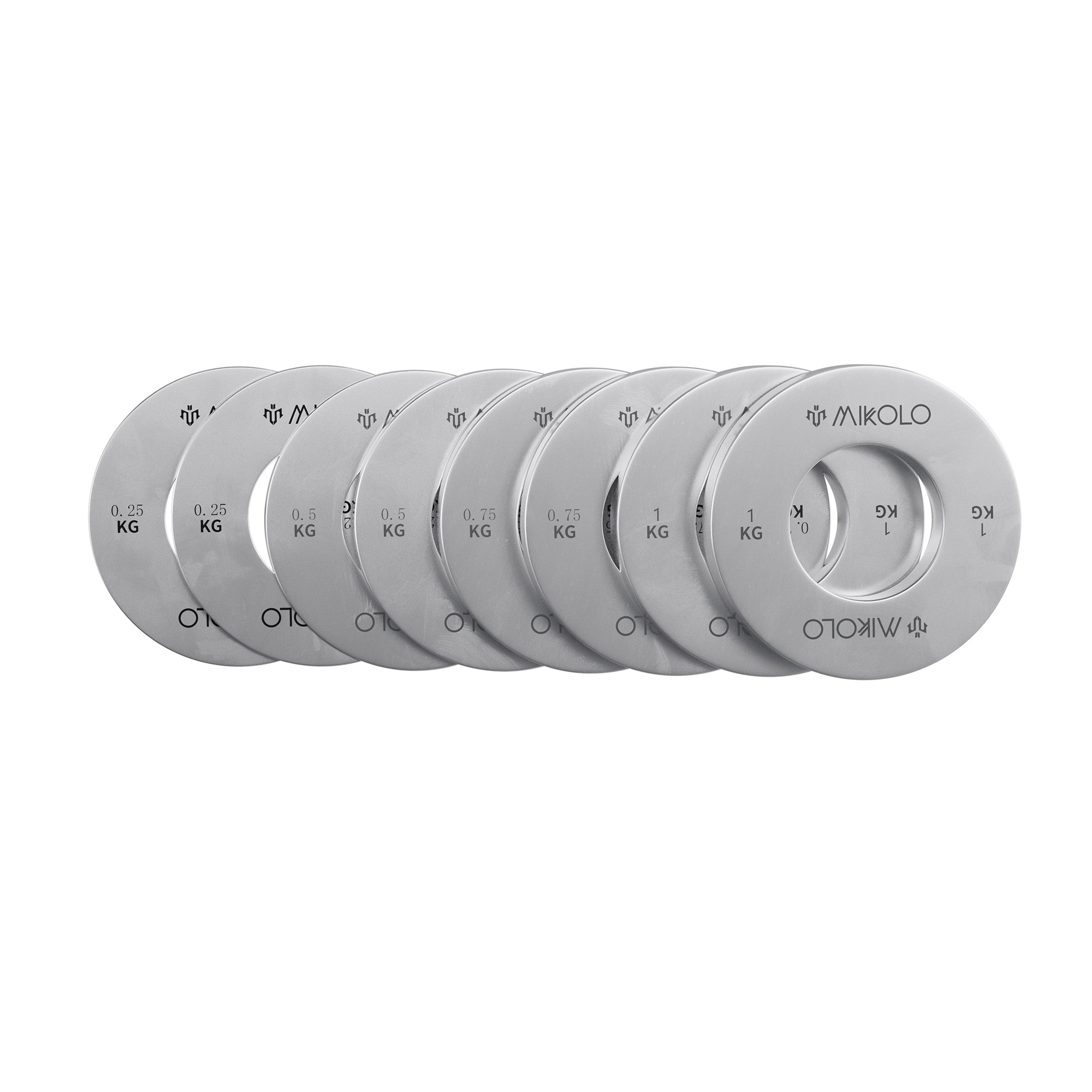
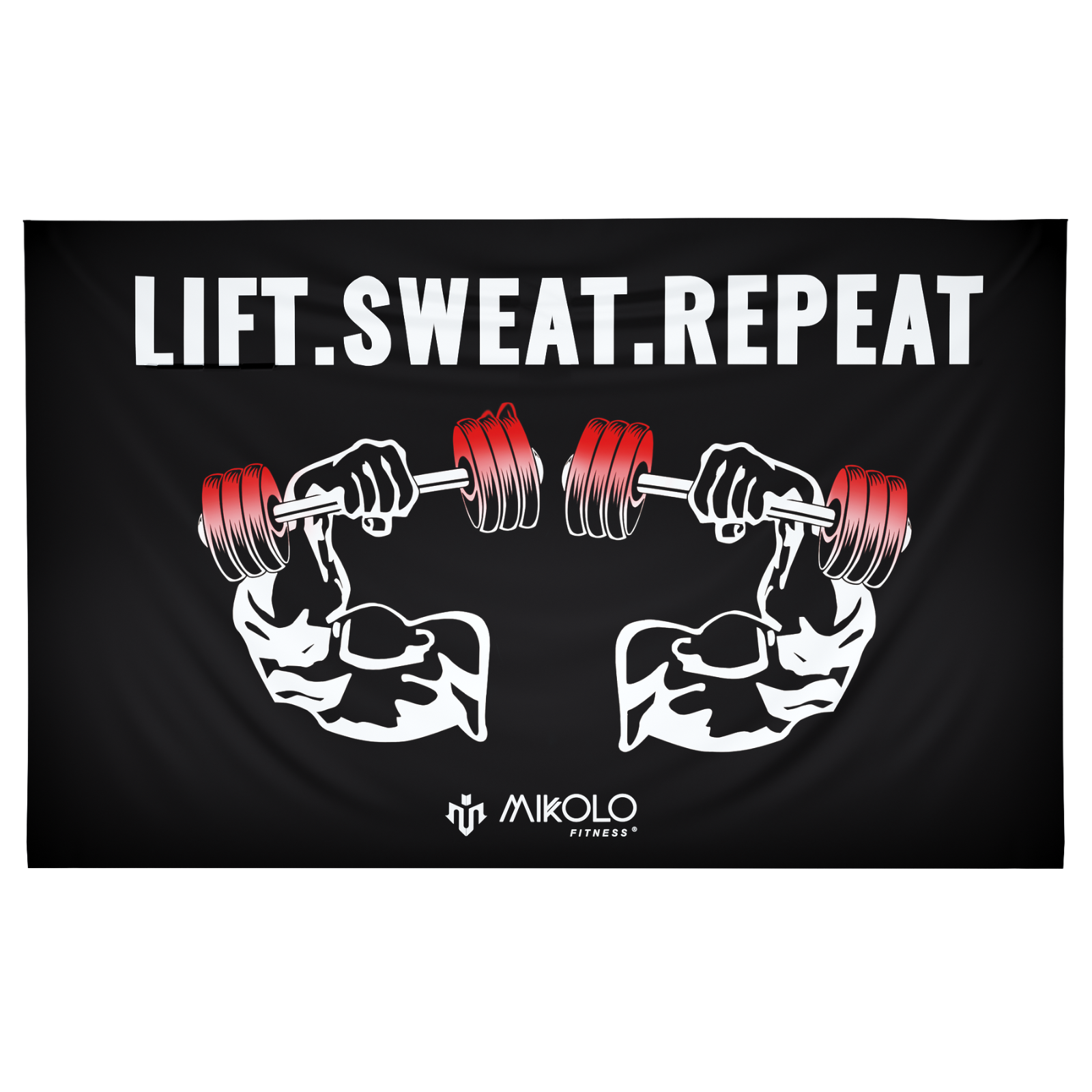
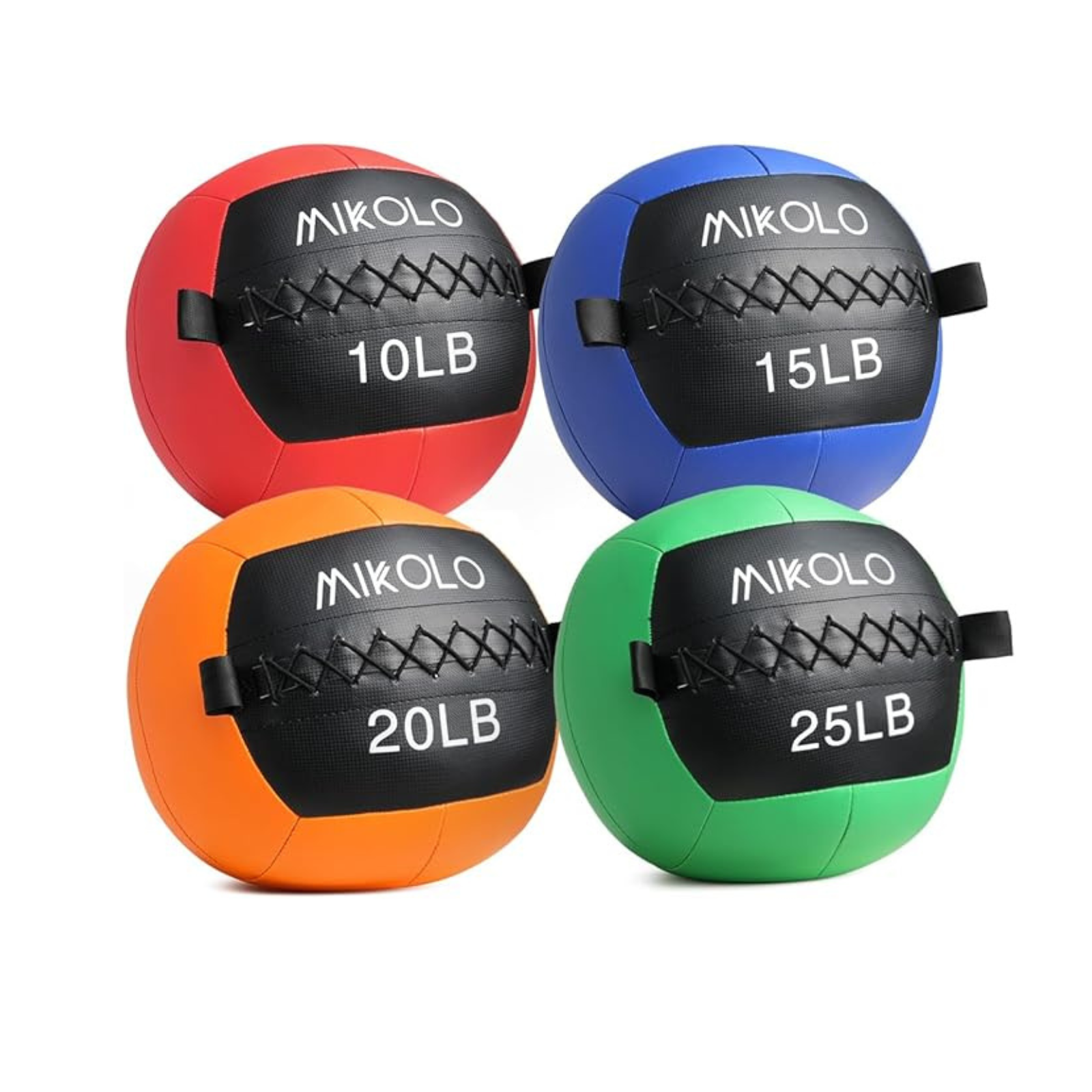
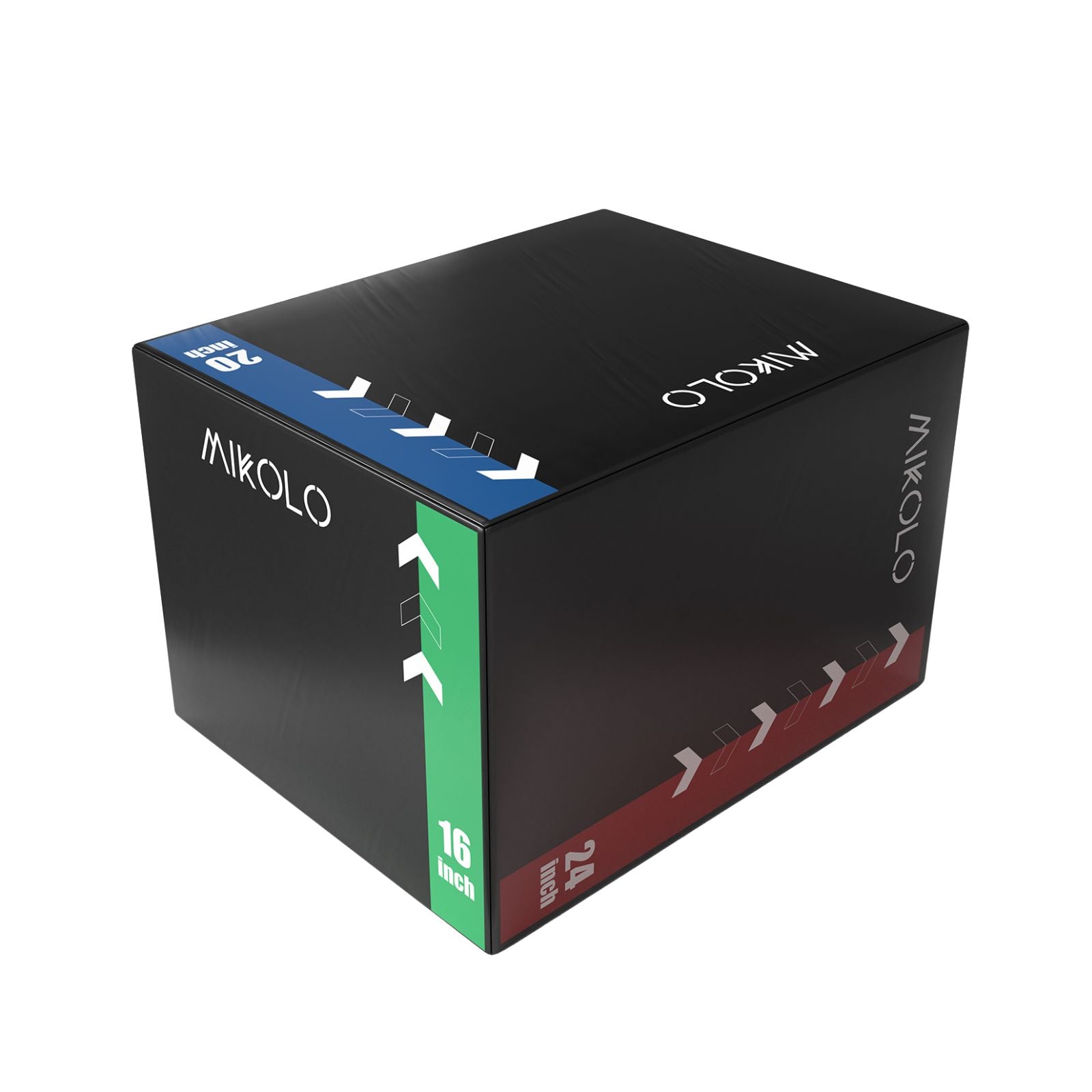

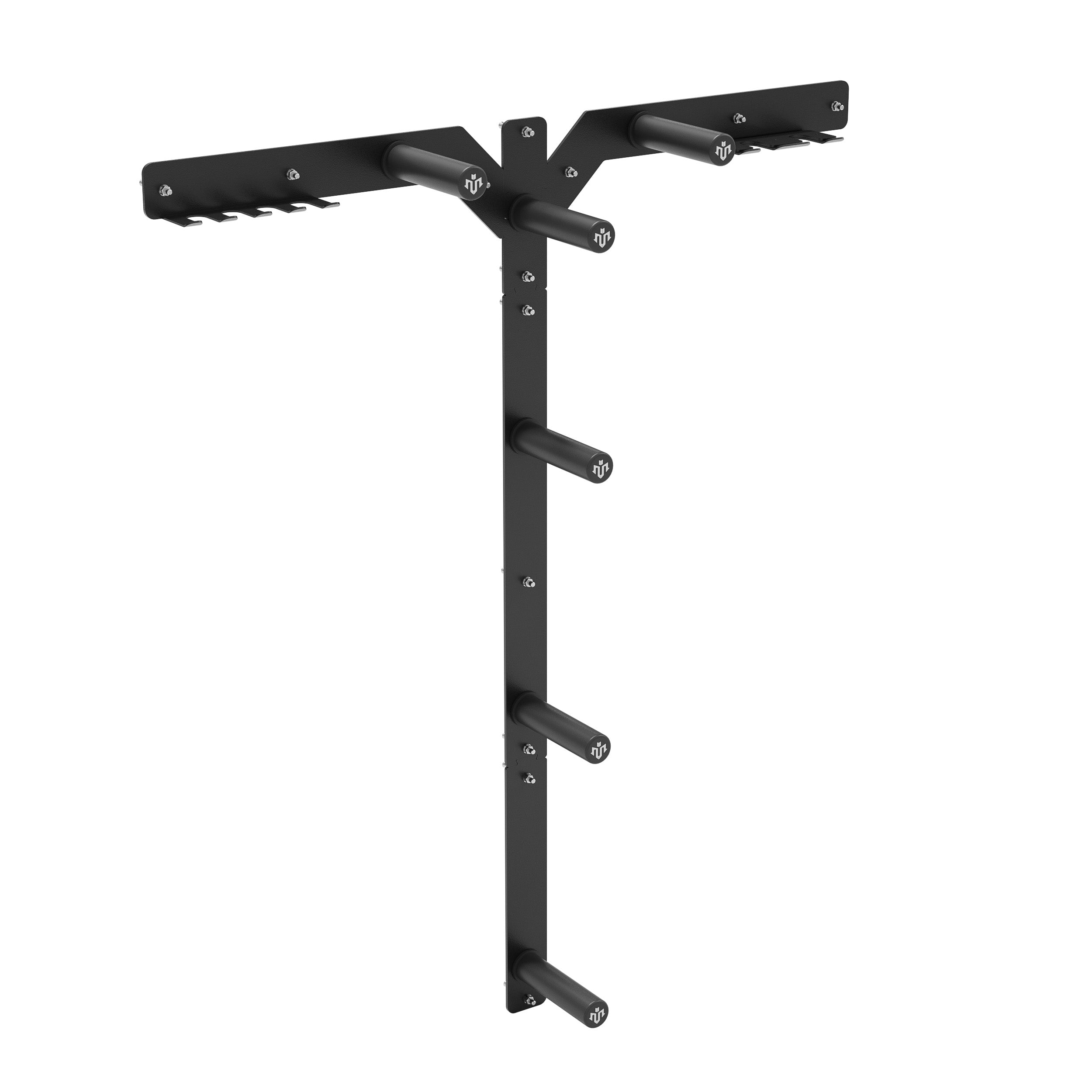




Leave a comment
This site is protected by hCaptcha and the hCaptcha Privacy Policy and Terms of Service apply.